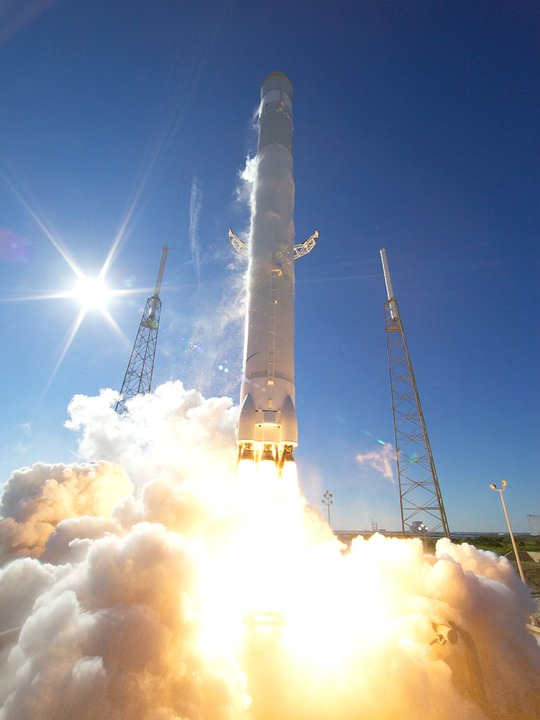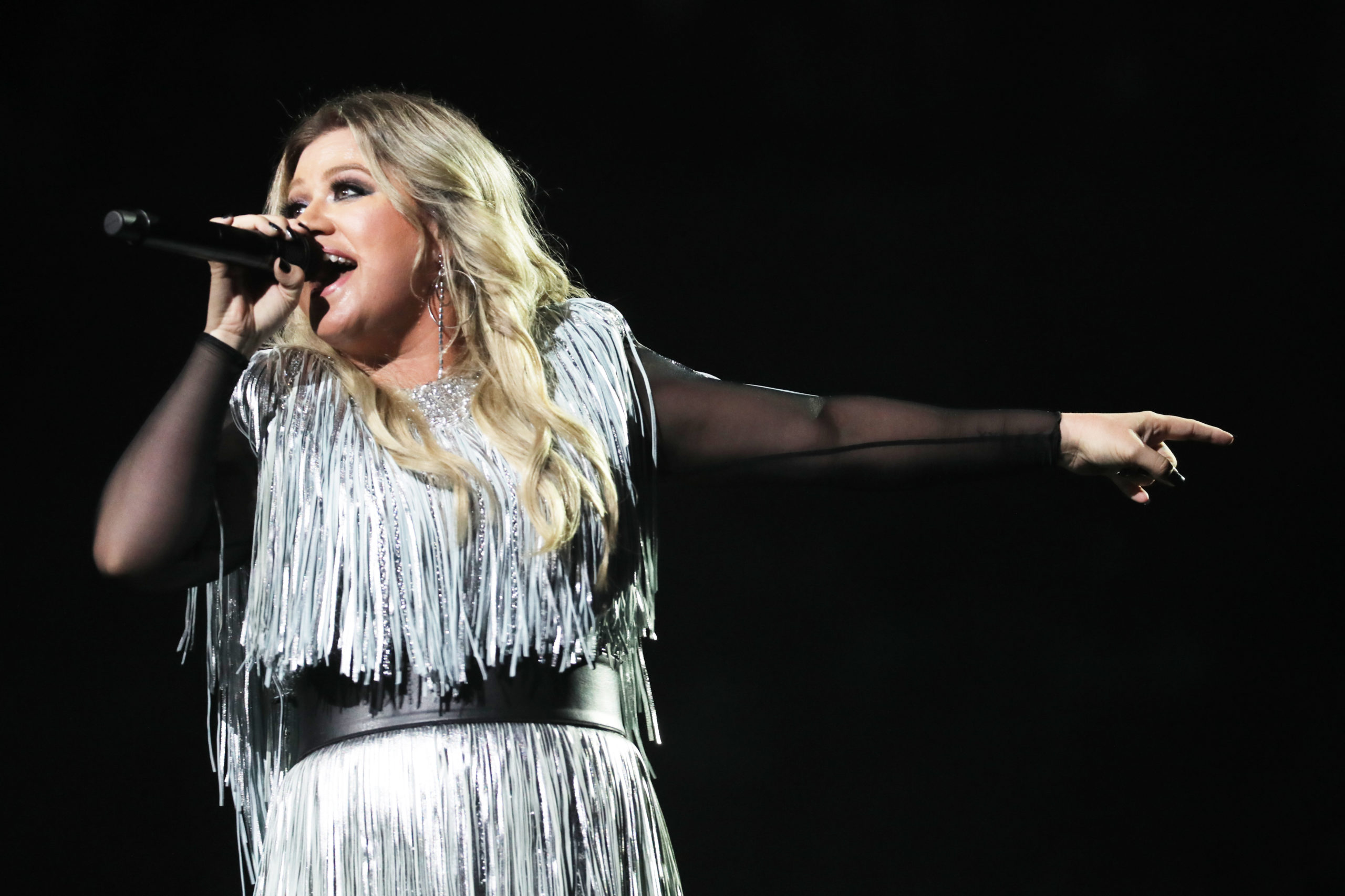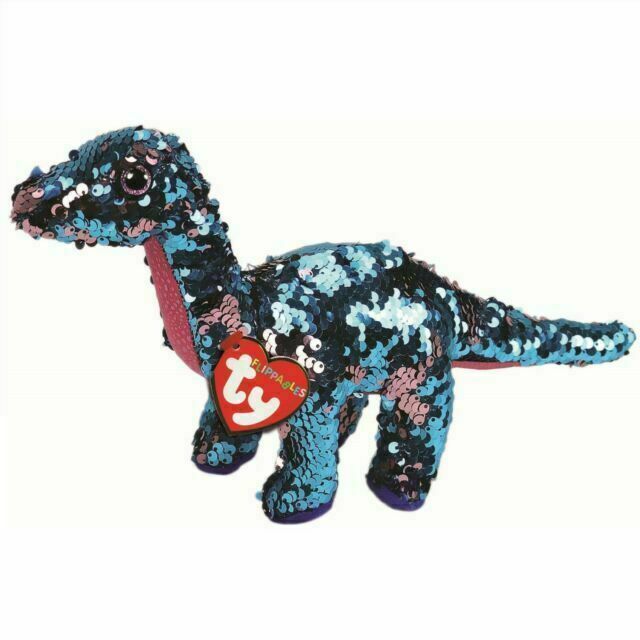
There is nothing more breathtaking than the successful launch of a rocket into space. That’s why so many were excited to see SpaceX pull off this amazing feat late last month. After a delayed start due to weather, the initiative went off perfectly, especially impressive during a year when so many things have already gone wrong.
It’s impossible for the average person to fathom just how many variables and moving parts there are in a project of this magnitude. And based on the results, NASA has a better track record than radio when it comes to startups.
But this launch was a little different because it was actually pulled off by SpaceX, Elon Musk’s rocket ship and aerospace company started back in 2002.
Most Americans have seen their share of space shuttle launches over their lifetimes. And after a while, they become about as exciting as the hourly Delta shuttle from LaGuardia to Logan. Yes, there’s a certain grandeur to these galactic events, but like your 10th fireworks show, there are much fewer ooh’s and aah’s than the first time you saw one.
But not with an Elon Musk production. In much the same way he programs and markets the line of Tesla’s sleek electric cars (and soon, trucks), SpaceX has a showbiz quality that’s essential for a company that not only needs to succeed, but also has the imperative to capture optimal media coverage and attention in the process. That’s how you create a strong consumer brand, a sense of loyalty, and attract new investments to your projects.
All of this is especially important when you plan a launch in the middle of a global pandemic when most members of the American population are stressed, distracted, and out of their comfort zones. Whether it’s a radio station or a space ship, programming a launch during the worst health crisis in more than a century is a risky venture.

So, it helps to have a sense of flash. And that’s what Elon Musk is all about. While many criticize him for being Mr. Cult of Personality, he truly is a bigger than life kind of guy.
Musk understands that it’s not enough for technology to seamlessly and efficiently work. It has to be elegant, attention-getting, well-produced, and buzzworthy.
Nor is it enough to simply follow tradition. Most NASA launches were indistinguishable from one another. The common theme? A boring countdown (sadly similar to the way many radio stations are launched).
That won’t cut it for SpaceX.
A closer look at this recent launch (remember the original target date was aborted due to inclement weather) reveals the little details that make all Musk’s projects fun to watch. Space.com’s Chelsea Gohd highlighted some of that flash in “6 wild things we spotted during SpaceX’s 1st astronaut launch attempt.”
Here’s a rundown of all those “little things” Musk programs in to his launches, ensuring lots of press and buzz:
1. A big entrance – Astronauts Doug Hurley and Bob Behnken didn’t drive up in a golf cart or minivan. The vehicle was a sleek Tesla Model X, wrapped with NASA’s famous “Worm” logo. Even the vehicle’s license plate had that customized touch – ISSBND” – International Space Station Bound. These are the kinds of details that makes NASA and space P1s go nuts with delight.
2. A great soundtrack – We covered this in our blog post last week about Classic Rock in the news. The drive to the launch had AC/DC’s “Back In Black” blaring – perhaps the best entrance music possible. That took care of the rock crowd….
3. A little bit Country – SpaceX secured the services of superstar Kelly Clarkson (on video) to sing the national anthem, kicking off launch day  – another way of activating a large, loyal fan base (she has 5 million followers on Instagram alone). That tacit celebrity endorsement is just another way of differentiating this launch, providing flash, and growing the “cume” of interested space watchers.
– another way of activating a large, loyal fan base (she has 5 million followers on Instagram alone). That tacit celebrity endorsement is just another way of differentiating this launch, providing flash, and growing the “cume” of interested space watchers.
4. Speaking of social media – Astronaut Hurley was in touch with fans about the big question of the day – at the pre-flight press conference, they asked the controversial question: What would the guys be eating for breakfast on launch day? And of course, it started trending on Twitter:
Steak and eggs. Question answered! pic.twitter.com/GktFUk9mBK
— Col. Doug Hurley (@Astro_Doug) May 27, 2020
5. A sense of history – In the same way radio stations used to have walls that visiting bands could sign, SpaceX started a new tradition by doing just that on the white walls of their waiting room, right before buckling in for their historic ride into space.
6. Don’t forget the merch – These flights will eventually  accommodate “tourists.” And to illustrate, this mission had a stowaway – a Beanie Baby dinosaur toy brought along to illustrate zero gravity and other space phenomena. Not long after launch, ads started to appear all over the Internet. Yes, the toy sold out, and yes, SpaceX was selling their own version for $25.
accommodate “tourists.” And to illustrate, this mission had a stowaway – a Beanie Baby dinosaur toy brought along to illustrate zero gravity and other space phenomena. Not long after launch, ads started to appear all over the Internet. Yes, the toy sold out, and yes, SpaceX was selling their own version for $25.
All of this extra-terrestrial hoopla was taking place during the heart of COVID-19, and on the day George Floyd was murdered, sparking demonstrations across the nation and worldwide. And SpaceX pulled it off with precision and style.
So, how does that impact the typical radio station launch? Under normal circumstances, it’s a challenge for media brands to break through, capture attention, and create buzz. Given what we’re enduring now, the odds are stacked against successful startups
Two recent examples on the TV side? HBO Max and Quibi.
 HBO Max ironically launched at around the same time SpaceX staffers were celebrating their successful blast-off. In case you weren’t aware (and most people still aren’t), HBO Max is the new iteration of HBO’s video streaming service, replacing HBO Now.
HBO Max ironically launched at around the same time SpaceX staffers were celebrating their successful blast-off. In case you weren’t aware (and most people still aren’t), HBO Max is the new iteration of HBO’s video streaming service, replacing HBO Now.
But according to Adweek’s Kelsey Sutton, the launch was mired by brand confusion, as well as access problems on Roku and Amazon devices.
In a competitive environment that includes market killer Netflix, along with Hulu, Amazon Prime Video, Disney+, and others, just another video streaming service isn’t going to cut it – even with so many consumers holed up at home.
 Then there’s Quibi, the much-ballyhooed streaming player focused on short, “snackable” videos, fronted by the incredibly talented Jeffrey Katzenberg, along with powerhouse CEO Meg Whitman (Hewlett Packard). What could possibly go wrong?
Then there’s Quibi, the much-ballyhooed streaming player focused on short, “snackable” videos, fronted by the incredibly talented Jeffrey Katzenberg, along with powerhouse CEO Meg Whitman (Hewlett Packard). What could possibly go wrong?
Just about everything. Quibi launched on April 6 – yes, during the opening days of COVID-19. The goal was reaching 7 million paid subscribers in one year. But at its current pace, Quibi will miss that mark by 5 million. This despite a 90-day free offer.
Katzenberg lays the blame squarely on the pandemic:
“I attribute everything that has gone wrong to coronavirus. Everything.”
Nice try, but there were problems with this launch that weren’t viral, including the fact the platform only works on mobile devices and computers – not on TVs. And yet, think of where we’ve been spending most of our time these past three months – at home, in front of a television.
And shortly after launch, Quibi started running into problems with advertisers, revolving around not hitting their projected viewership numbers.
Variety‘s Todd Spangler reports the pace of app downloads is slowing down at an alarming rate, a bad sign given that today’s users will have to start paying a monthly subscription fee starting next month. And yes, TikTok offers free, entertaining homegrown short videos. And that’s where this market segment has moved, especially during the pandemic.
So, what lessons can we take from SpaceX, HBO Max, and Quibi about what to do/what not to do during a launch – especially during stressful times?
For a consultancy in its 37th year, we’ve had our hands on hundreds of these new station startups over the years. As you might expect, these launches represent the full spectrum of success – and failure. Some have been well-researched, strategically smart events where the opportunity has been clear, the objectives logical, the staff and marketing in place, and the execution stellar.
And then there have been the launches (or perhaps “aborted missions”) that have been un-researched and rushed, often out of desperation or the frequently wrong-headed notion that if it worked in Chicago, it will work here.
When I look back at these new startups we were a part of in the ’80s and ’90s, many of these Classic Rock, Alternative, and Mainstream Rock stations are still on the air today, often in leadership positions in their markets. As consultants, that’s the mission – to help our clients achieve their ratings and revenue goals and a sustainable brand. But when you start a brand new radio station, it’s a much taller order because oftentimes, you’re starting from scratch.
I don’t believe anyone has calculated the percentage of successful radio station launches over the past two decades. But my best guess would be  that fewer than 20% live to see their 5th birthdays. That translates to a great deal of investment in missions that never should have left the drawing board in the first place.
that fewer than 20% live to see their 5th birthdays. That translates to a great deal of investment in missions that never should have left the drawing board in the first place.
And it’s a much heavier lift to pull off a great launch during an overheated news cycle that dominates most conversations. From the COVID-19 outbreak to the economy and now with civil unrest due to racial tensions, everyone is talking about the news of the moment.
And that’s makes it that much more challenging for new brands to break through. Yes, there’s a desire for distraction and amusement. But consumers seem to gravitate to brands they know – movies, TV series, music, you name it.
Oh yeah, and radio.
This partially explains why it seems like there have been fewer new station launches since mid-March when our lives changed. Most broadcasters realize the added difficulty of signing on a new radio station when the last things consumers care about is a new radio station.
If a client comes to me this summer with the idea of doing a format flip while this pandemic is still raging, and ahead of what promises to be an out-of-control November election, my recommendation is likely going to be to wait until things simmer down a bit.
But given the news overflow and the state of worry and concern in the country, perhaps the better response would be “Only if you do it the right way.”
And that means filling a true need – and not just a tactical “hole” designed to help the cluster by hurting a competitor.
It means brilliant execution and a sense of show business.
And it means having the means to staff and market it properly so it cuts through.
Maybe a new way to gauge effectiveness would be to use the WWES test.
Or “What Would Elon Say?”
See you on the launch pad.
- Media And Technology In 2025: Believe It Or Not! - April 18, 2025
- In Radio, You Just Never Know - April 17, 2025
- The Secret To Making A Great Podcast (And Great Radio) - April 16, 2025




Leave a Reply